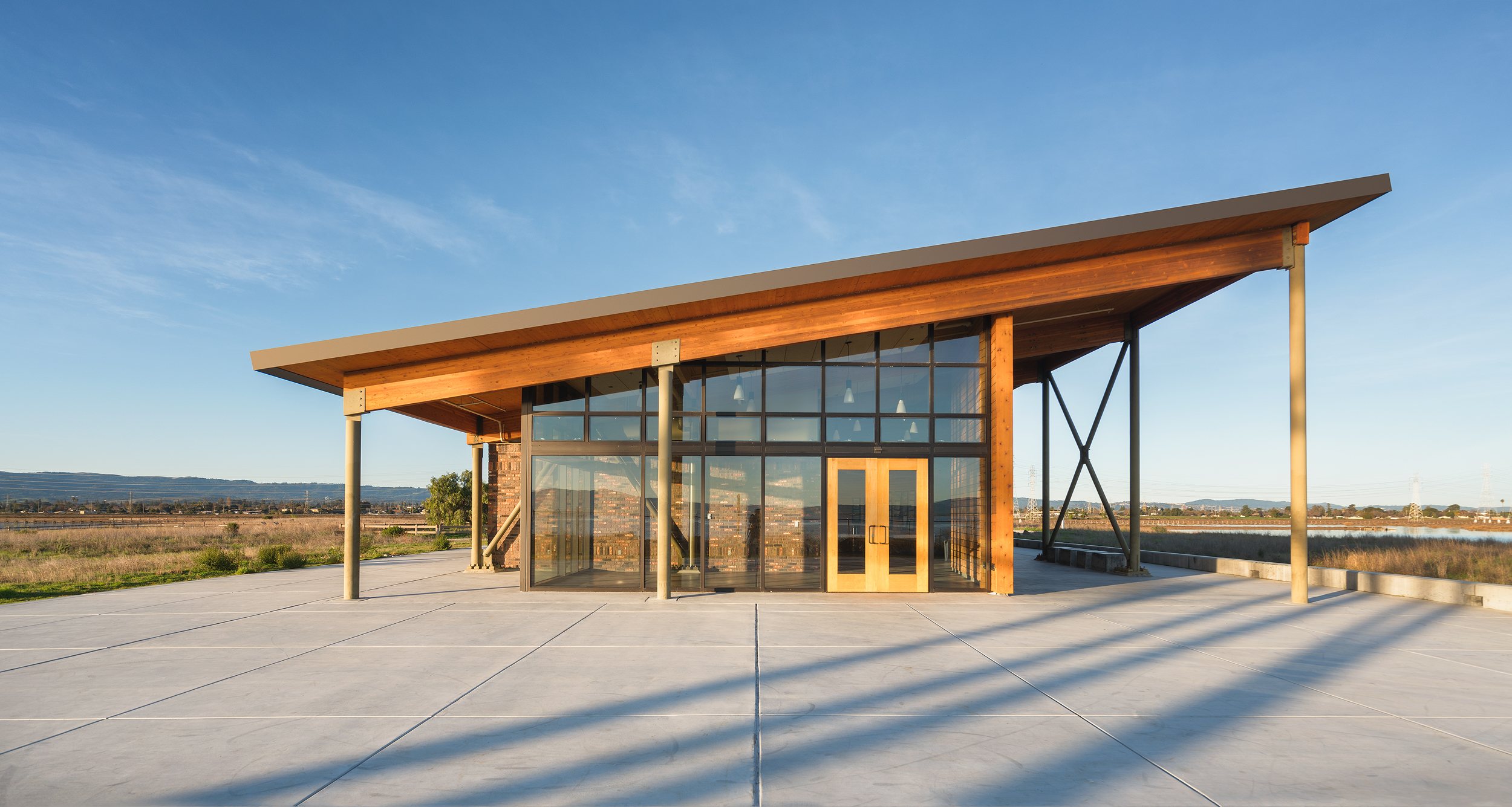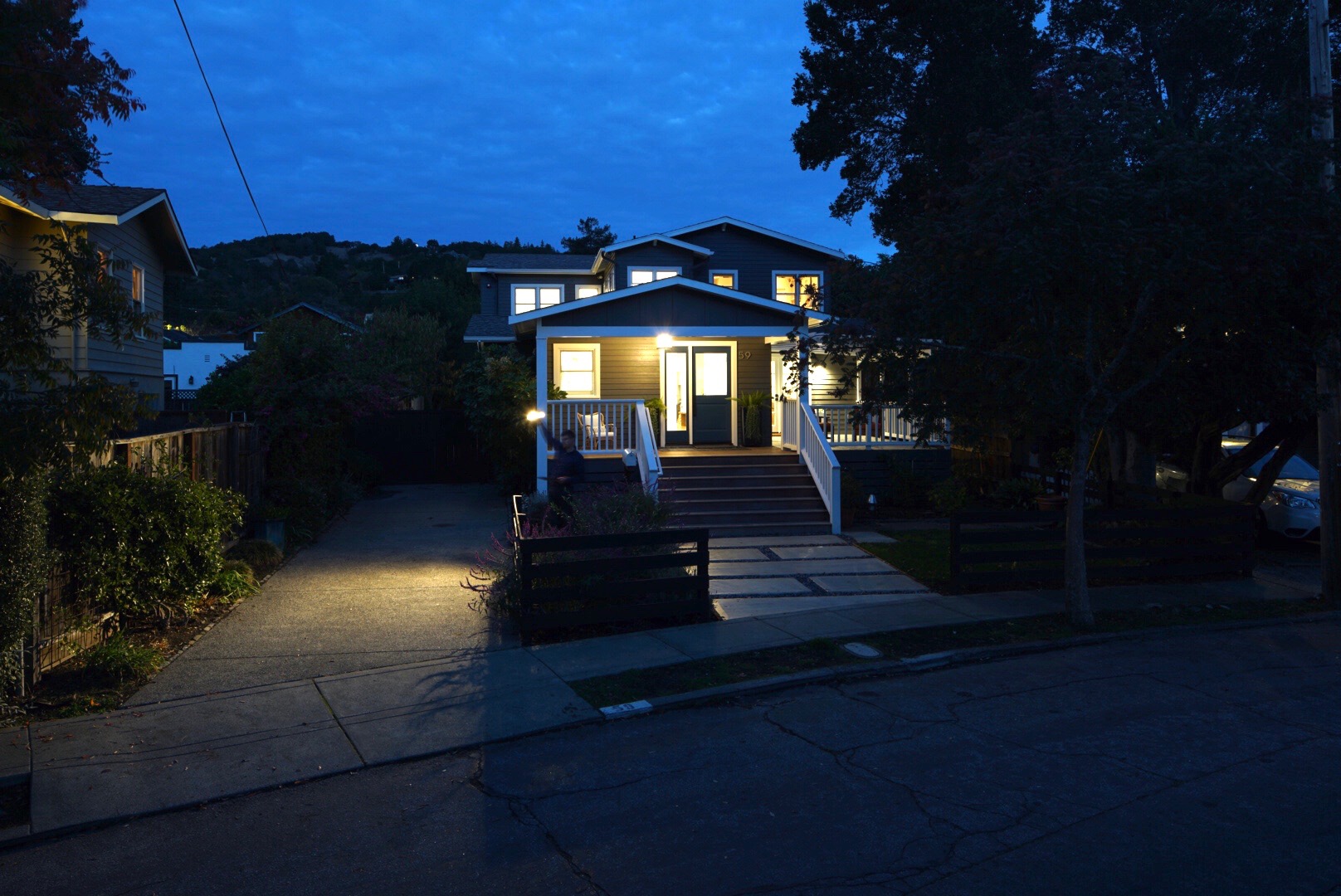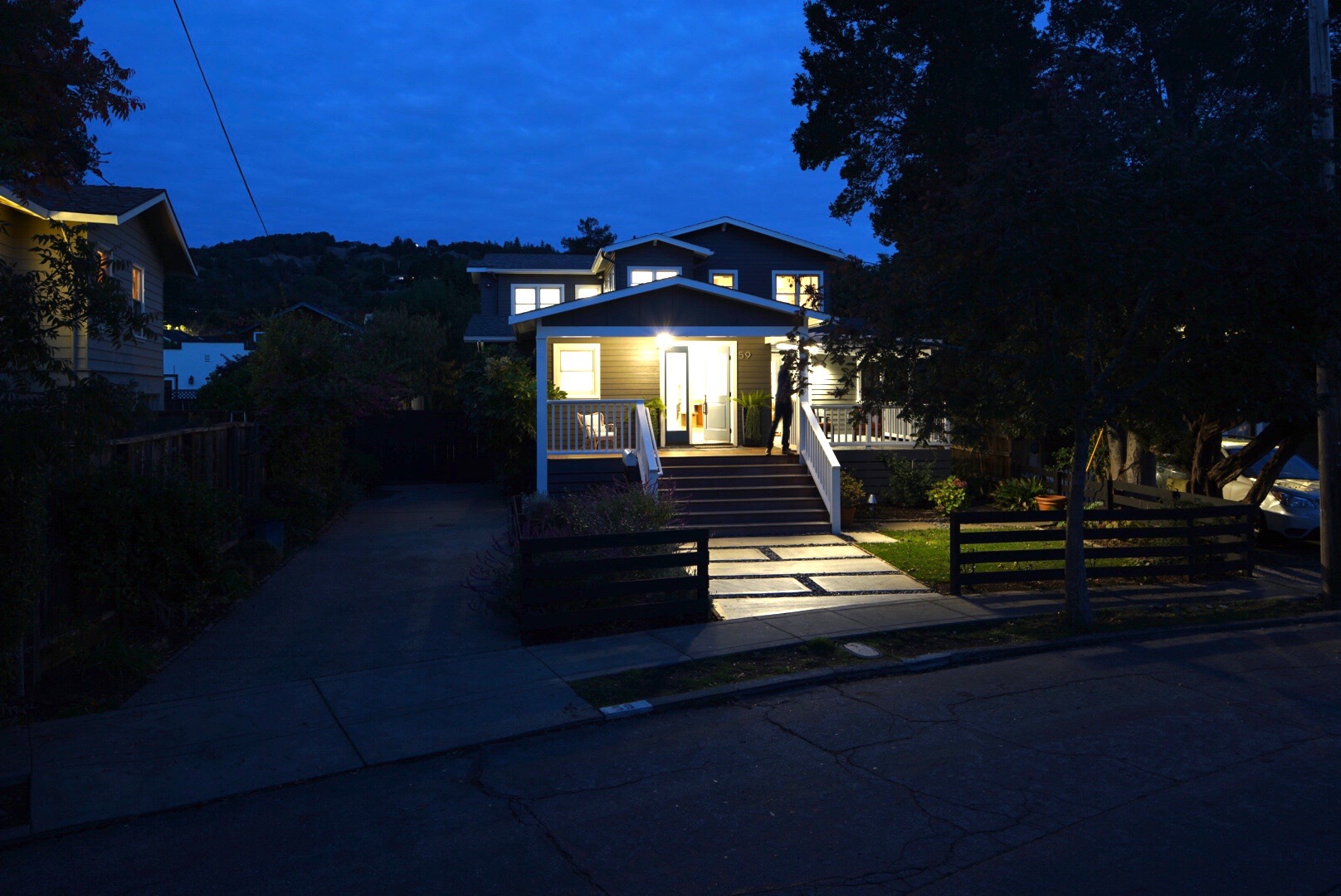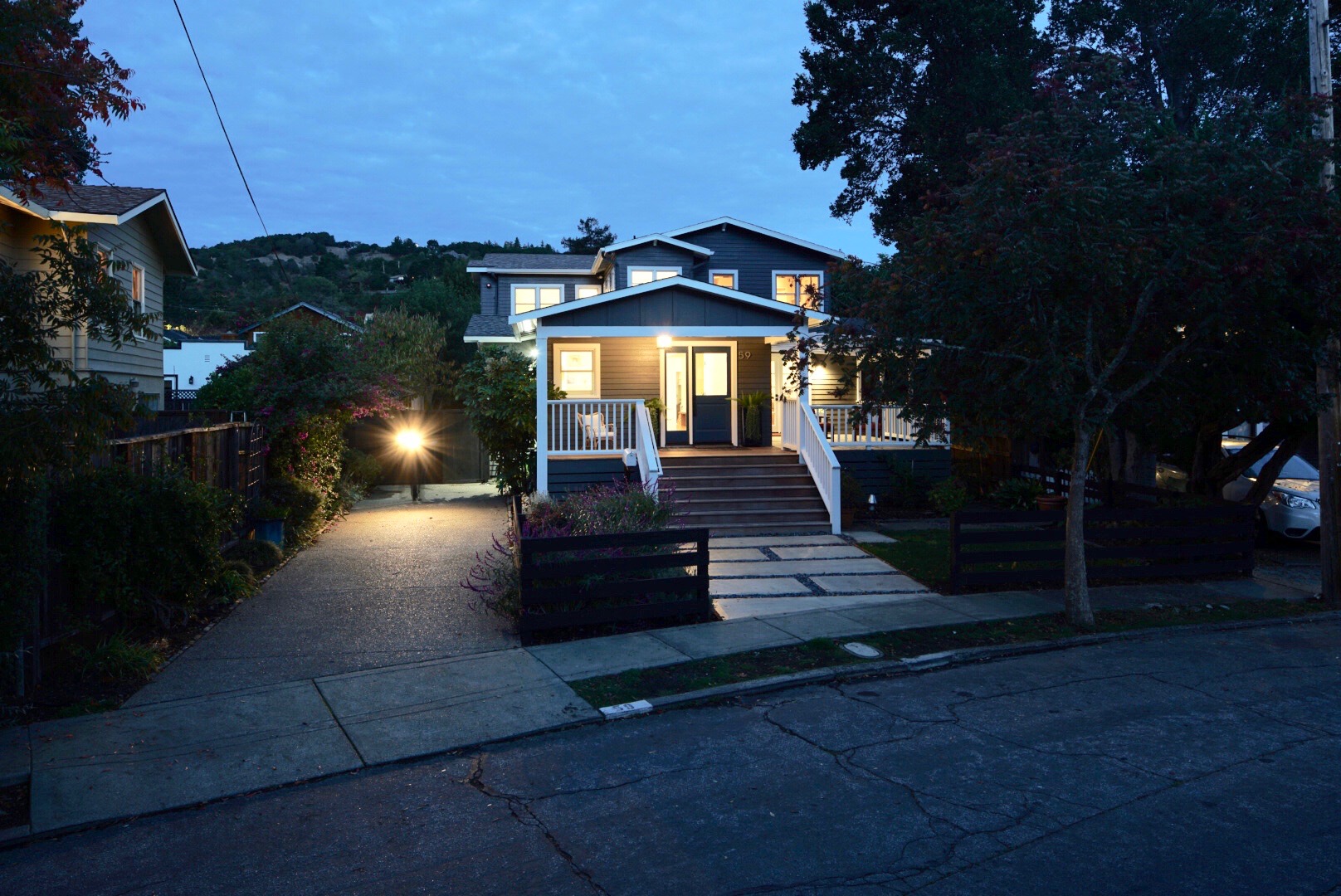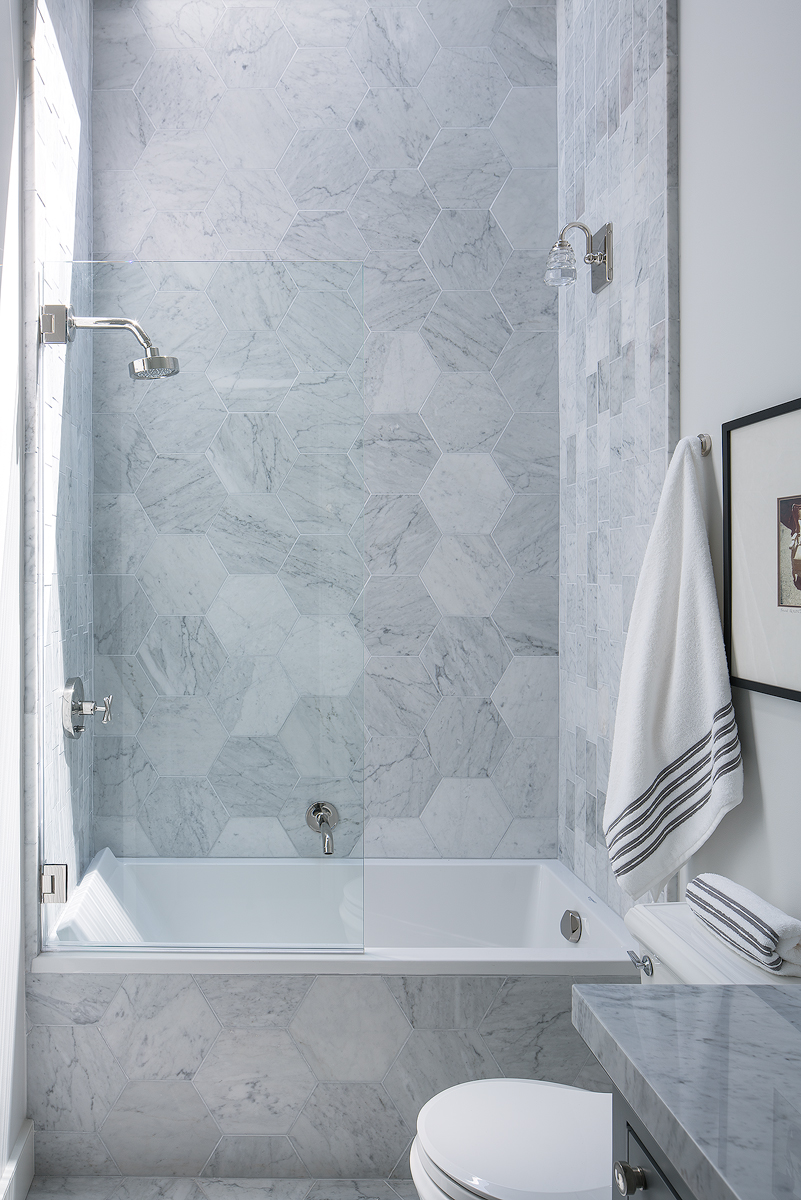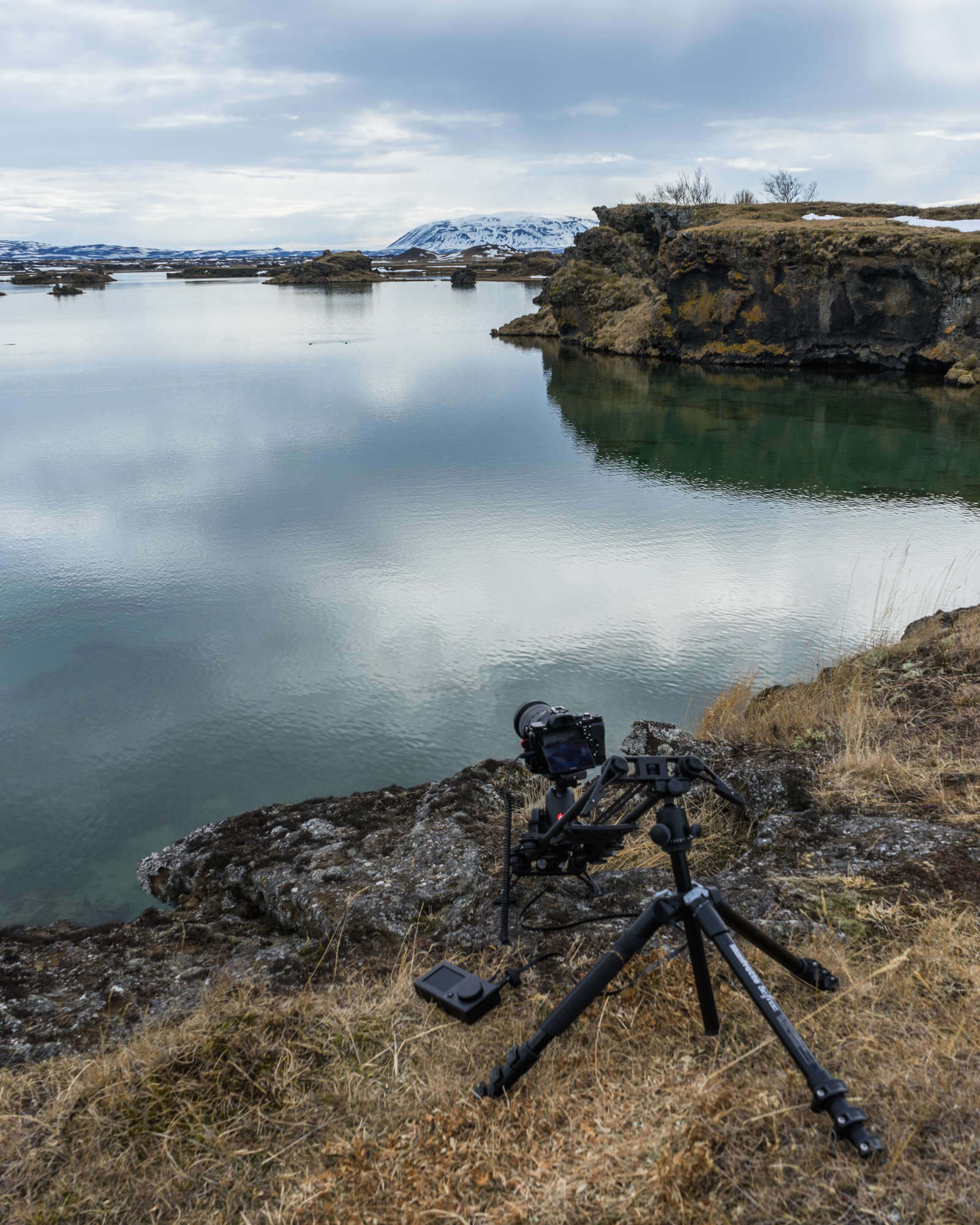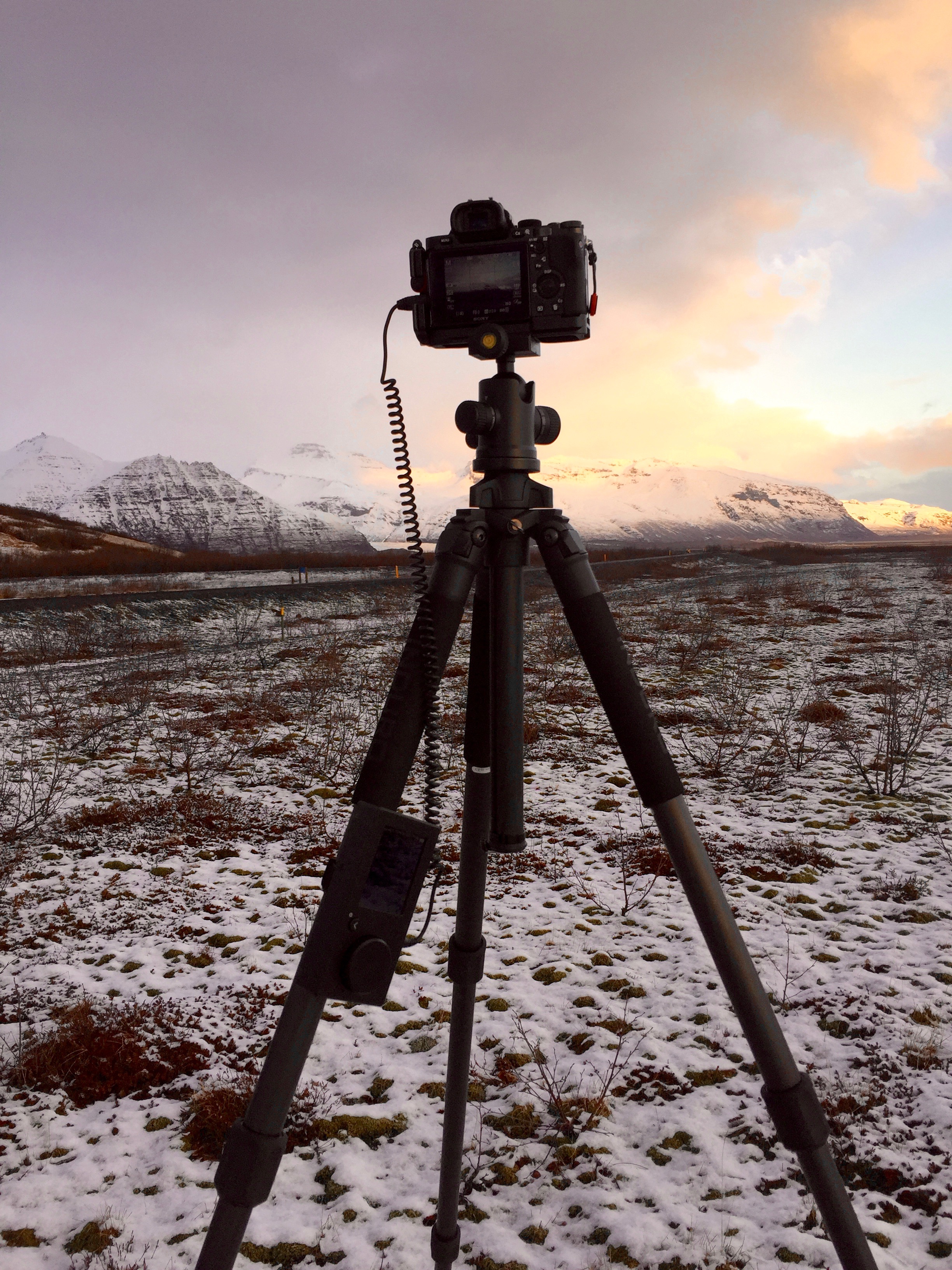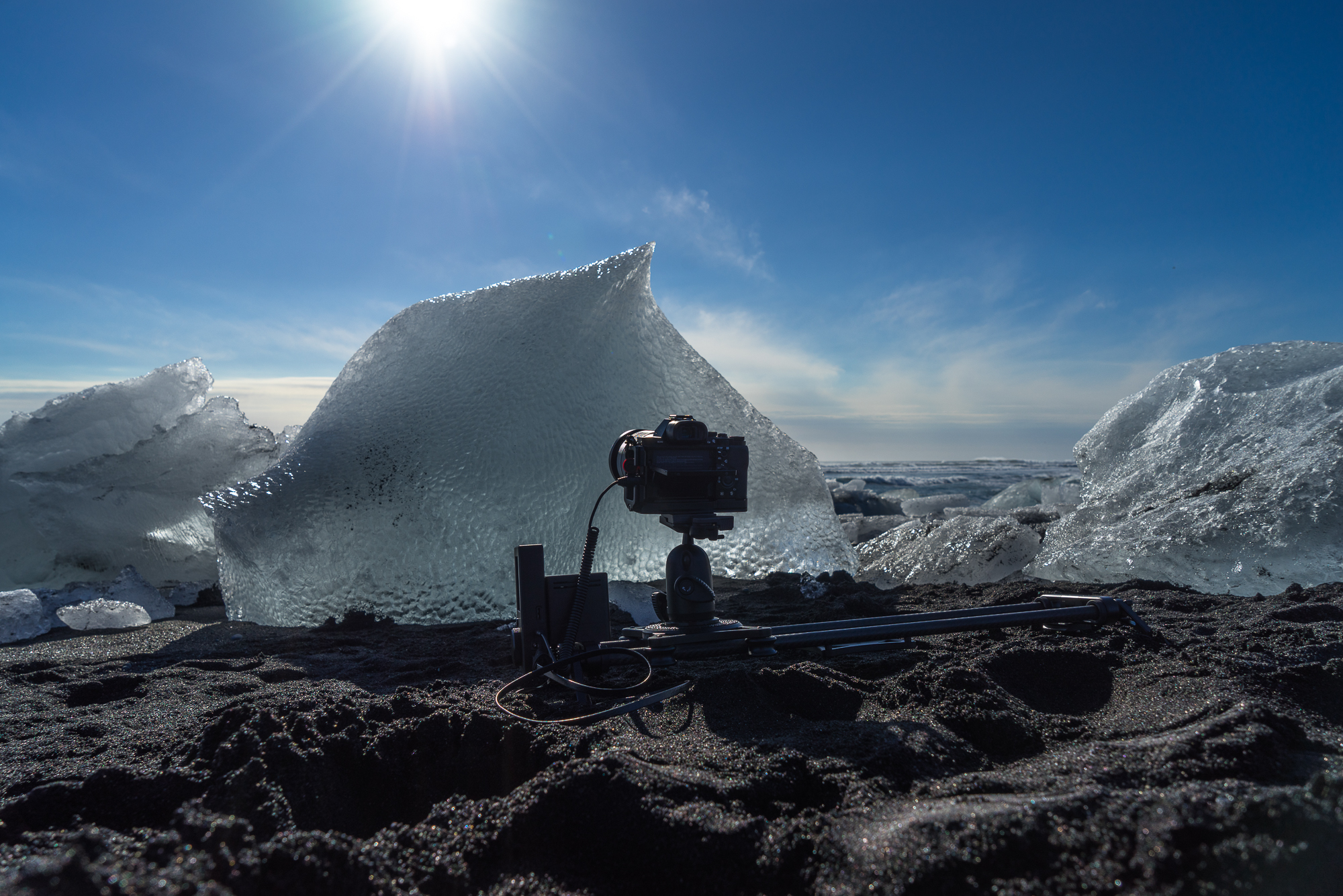First post of the new year! I've had my eye on the Cooley Landing Education Center designed by FOG Studio Architects for quite sometime now. After seeing the images from the popular site Dezeen , I felt there was a lot of room for improvement. After some planning around the sun and its location relative to the site, I settled on a sunrise shoot with minimal cloud cover. I waited until after the sun had risen to allow for the unfiltered golden light to wash over the building and surrounding landscape.
I love the monolithic appearance this building has in a otherwise flat landscape. The wood work and shape pay homage to old masted ships and the brick represents the "ravenswood" brick factory in this location during the 19th century. Originally, this site was a landfill and in 2012 California State Parks Program awarded $5 million to the City of East Palo Alto to revitalize the area. This improvement was spread out over four phases and during phase three, FOG Studio Architects was awarded the contract to design an educational building. (To learn more about the design process, click here)
I look forward to hopefully working for Fog Studio on more projects!




